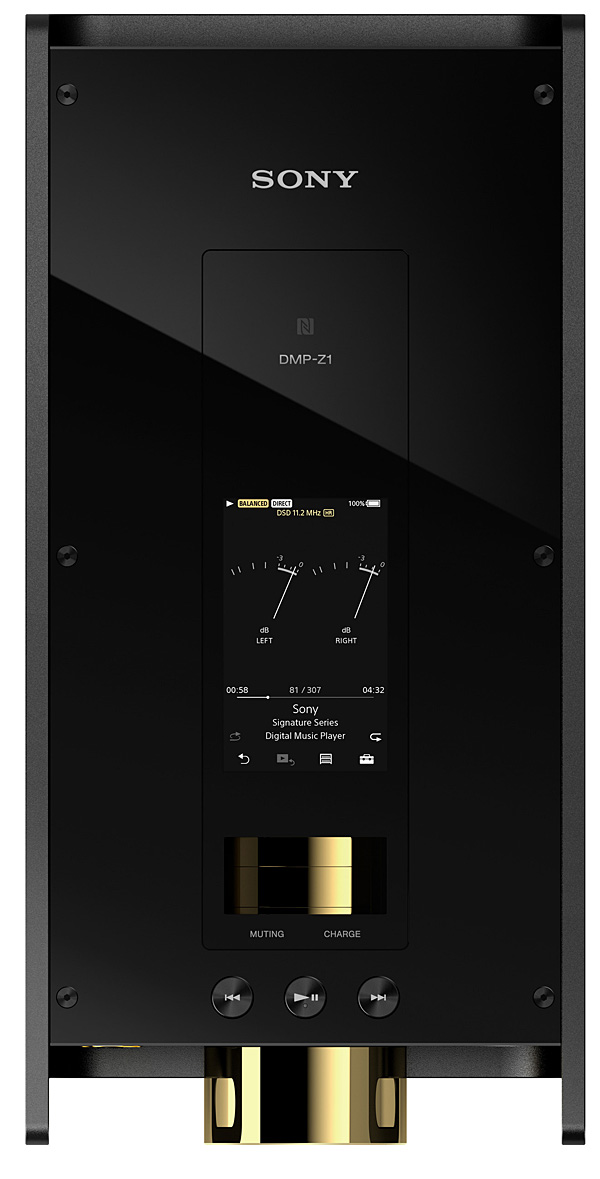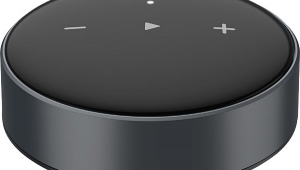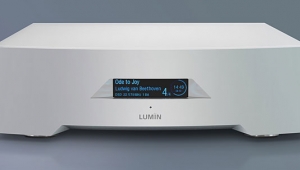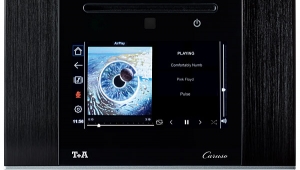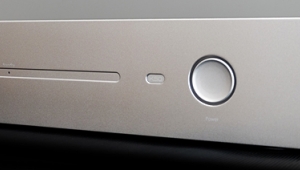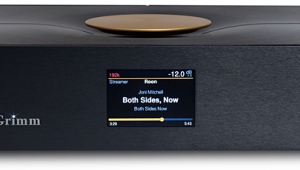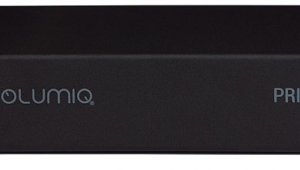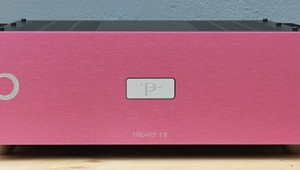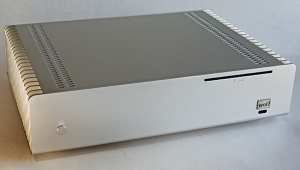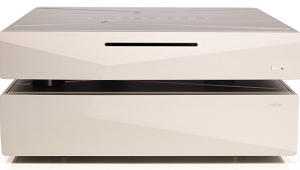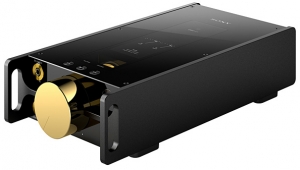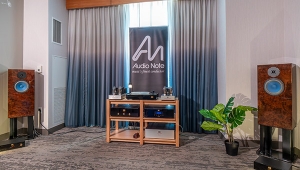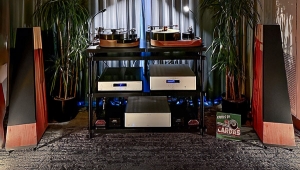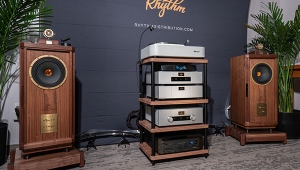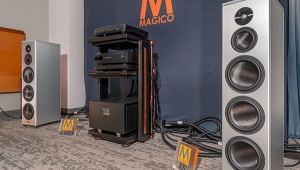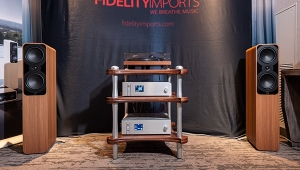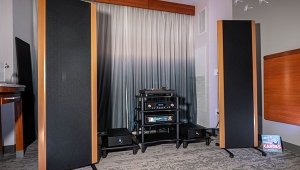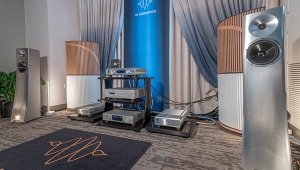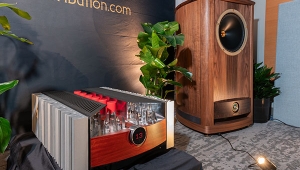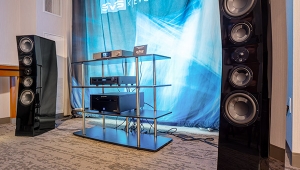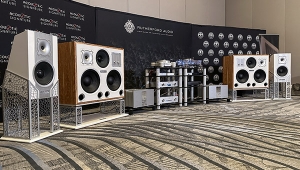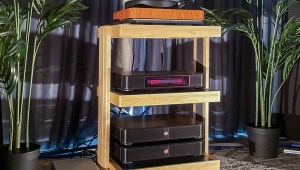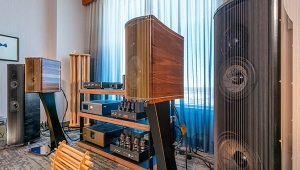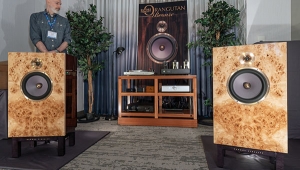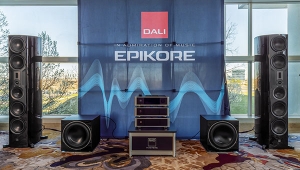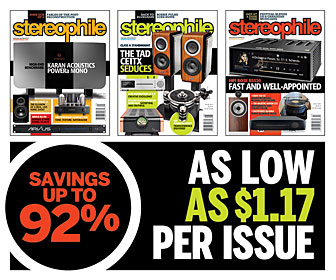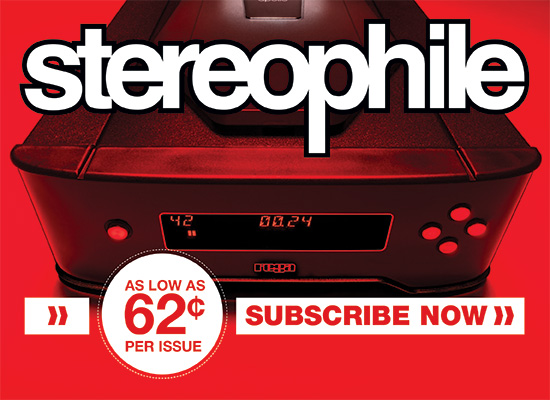| Columns Retired Columns & Blogs |
I guess for the audiophile who has everything, this is it. But, at this price, there are a lot of nice DACs available. Moreover, as always seems to be the case with Sony, they're a week late to the party. It seems that few people are playing files these days; they're streaming.
Finally, Mr. Atkinson's report on the sonic effects of the myriad of filters offered by this device permanently buries the notion that digital sound is perfect. If using two different filters to play back the same digital file through the same electronics yields two different sounds, then they both can't be "right." Maybe neither is. So, it seems with digital we have merely traded the imperfections of analog for a different set of imperfections; we may not have gotten "closer to the source," whatever that is.
I grant only that digital generally is more convenient than analog and, perhaps, less perishable.
